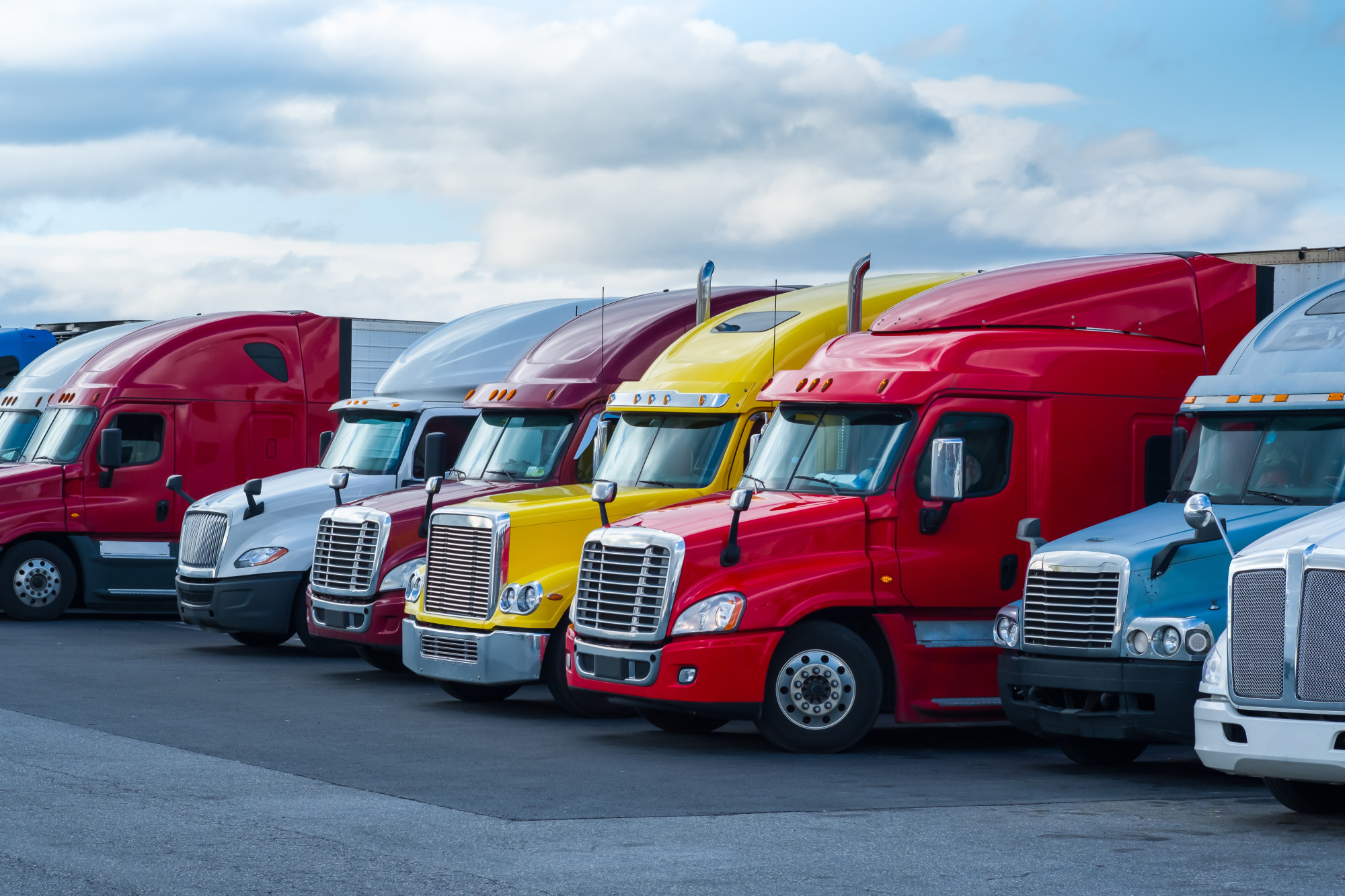Table of Contents
Many costs are involved in the operation of a transportation trucking business. The costs can be divided into variables, operating and marketing. This article will provide an overview of the costs of operating a transportation trucking business.
Variable Costs
Running a trucking company for transportation involves both fixed and variable expenditures. Fixed costs are outlaid, like insurance and truck payments, that don’t vary greatly based on how many miles are driven. Fuel, driver pay, maintenance/repairs, and insurance are variable costs that change according to the distance traveled. It is simple to keep track of spending using payroll software, such as https://www.rollbyadp.com/industries/transportation-trucking.
When running a transportation trucking business, it’s important to understand the difference between fixed and variable costs. Variable costs include fuel, insurance, vehicle maintenance and repair, driver salaries, and third-party labor. Although variable costs are more difficult to predict than fixed costs, with a little practice and time, a trucking company owner should be able to estimate their cost structures.
Keeping track of operational expenses and calculating cost per mile is critical to success in trucking. Therefore, it’s essential to use strong accounting and bookkeeping practices to keep track of these expenses. For example, if you spent $3,000 on fuel, you would spend $0.30 per mile.
Financing Options
As a transportation trucking business owner, you need to understand the different financing options available to you. You may be interested in a line of credit to help you manage your cash flow, but you may also want to apply for conventional small business loans. Whether you buy equipment or make emergency repairs, you must know the financing options available.
Several financing options for a transportation trucking business include bank term loans, lines of credit, equipment financing, and merchant cash advances. You’ll need to choose the best suited for your business needs and credit profile. For example, if you need working capital quickly, a small business line of credit or a short-term loan may be the best option. On the other hand, factoring may be the best option if you need working capital over a longer period.
Lines of credit can be very helpful for small trucking companies that need a larger sum of money but don’t need the money right away. Lines of credit are similar to credit cards, but they have no restrictions on how you use the money. You can use them to purchase equipment, pay payroll, and more.
Operating Costs
One of the biggest expenses of a transportation trucking business is fuel. The fuel cost is not fixed but varies as the miles are traveled. Other costs include driver wages, insurance, tolls, and scales. Additionally, trucking companies must pay for licenses and permits annually. Understanding these costs can help owners develop a budget for their business.
One of the first things to do is figure out your fixed costs. These costs are the expenses that are set every day of the year. Although some days are made up later, the days you spend waiting for better-paying loads can add up. Adding up these expenses each month will help you determine your profitability. For example, if you run a 2-truck business, your monthly expenses will be about $25,180. Any amount above that will be profit.
Another thing to consider is location. You may need commercial or office space to conduct your business if you are a small company. The rent for these spaces will vary depending on the area. In addition, you may need to rent space to store your truck. A good storage lot will make business operations easier.
Marketing
Marketing costs are a significant part of running a trucking business. These costs include business cards for a website and social media presence. You may also need to buy equipment to automate your operations, like ELD systems that help monitor your fuel consumption. These technologies can also reduce administrative expenses like IFTA reporting.
The first step in marketing your trucking business is to make sure you have a detailed marketing plan. The goal of your marketing strategy should be to get your business in front of as many people as possible. There are many ways to do this. For example, email marketing allows you to stay connected with existing and potential clients. This method is a low-cost way to increase visibility and generate leads.
Renting a location is another necessary expense. While an office near the fleet is ideal, this is only sometimes feasible. While purchasing a piece of land can reduce your office costs in the long run, it sometimes makes sense. In other situations, you can lease space in a parking lot or landowner’s property. Office space costs can also include utilities and phone bills. Again, these costs will vary depending on your location and the energy you use.



